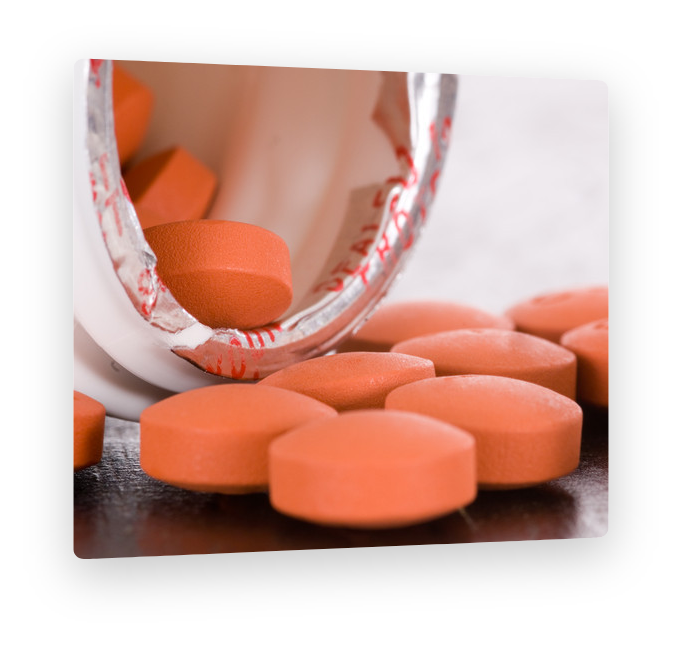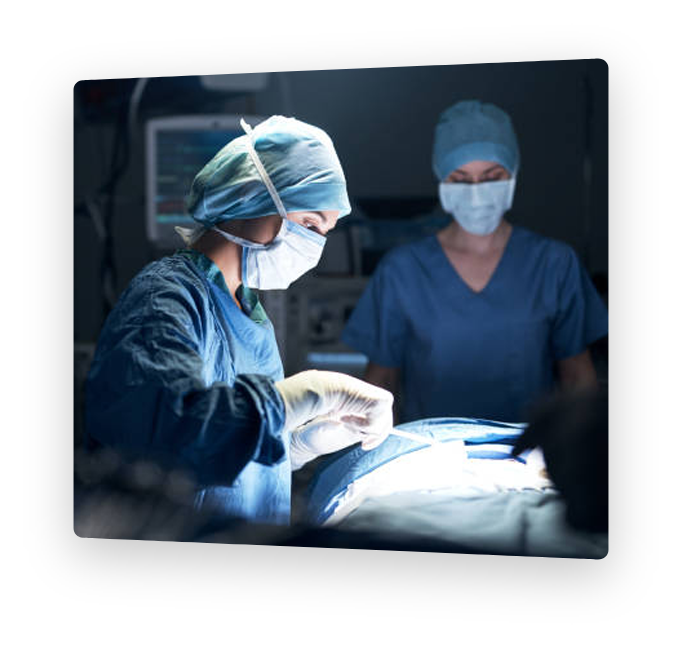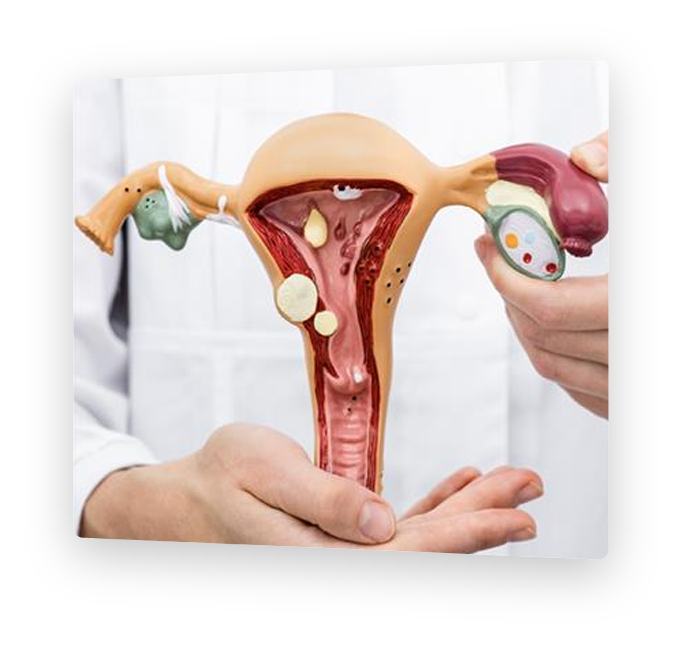
Diagnosis
The diagnosis of endometriosis still faces certain limitations in France. According to the
French association for the fight against endometriosis (EndoFrance), the diagnosis is
generally made 7 years after the first signs of the disease.
If you are unable to get pregnant, or if you have severe pain during and/or between periods,
your doctor will ask you to have a gynaecological examination.
He will prescribe an ultrasound scan of the pelvis to identify any lesions of endometriosis.
This may be a tansrectal or transvaginal ultrasound, or even an MRI if the first ultrasound
is insufficient.










